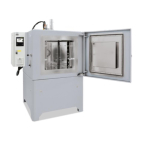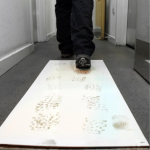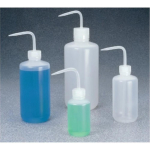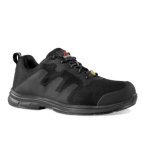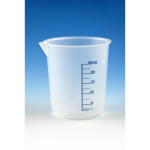These chamber furnaces with air circulation are characterized by their extremely high temperature uniformity. Hence, they are especially suitable for processes such as annealing, crystalizing, preheating, curing, but are used for a wide variety of other processes. Due to the modular concept, the forced convection furnaces can be adjusted to the process requirements by adding suitable equipment.
Standard Features for the range:
Tmax 450 °C, 650 °C, or 850 °C
Range of sizes from 15L to 675L
Horizontal air circulation with optimum distribution through stainless steel baffles
Swing door hinged on the right
Temperature uniformity up to +/? 4 °C according to DIN 17052-1 (NAT 15/65 and NAT 30/85 up to +/? 5 °C) in the empty work space
One frame sheet and rails for two additional trays included (NAT 15/65 and NAT 30/85 without frame sheet)
NAT 15/65 and NAT 30/85 designed as table-top model
Controller B500/B510 (5 programs with each 4 segments), alternative controllers available
Optional additional equipment:
Optimization of the temperature uniformity up to +/? 3 °C according to DIN 17052-1 in the empty work space
Air inlet and exhaust air flaps when used for drying
Controlled fan assisted cooling
Manual lift door (up to model NA 120/..)
Pneumatic lift door
Air circulation with speed control (recommended for processes with light or sensitive charge)
Additional frame sheet
Gas supply boxes different charging methods
Feed and charging aids
Charge control with documentation of the charge thermocouple
*This is designed to be a representation of the features available for this range. For more technical information and information on additional equipment please consult the brochure and reach out for a quote. This furnace features no safety technology for processes which produce combustible mixtures, for example debinding. If the furnace is still used for such processes despite this fact, the concentration of organic gas mixtures in the furnace must never exceed 3% of the lower explosion limit (LEL). This pre-requisite applies not only to normal operation but, in particular, to exceptional situations such as process disruptions (caused, for example, by the failure of a power unit). You must ensure that the furnace is adequately ventilated and vented. *




